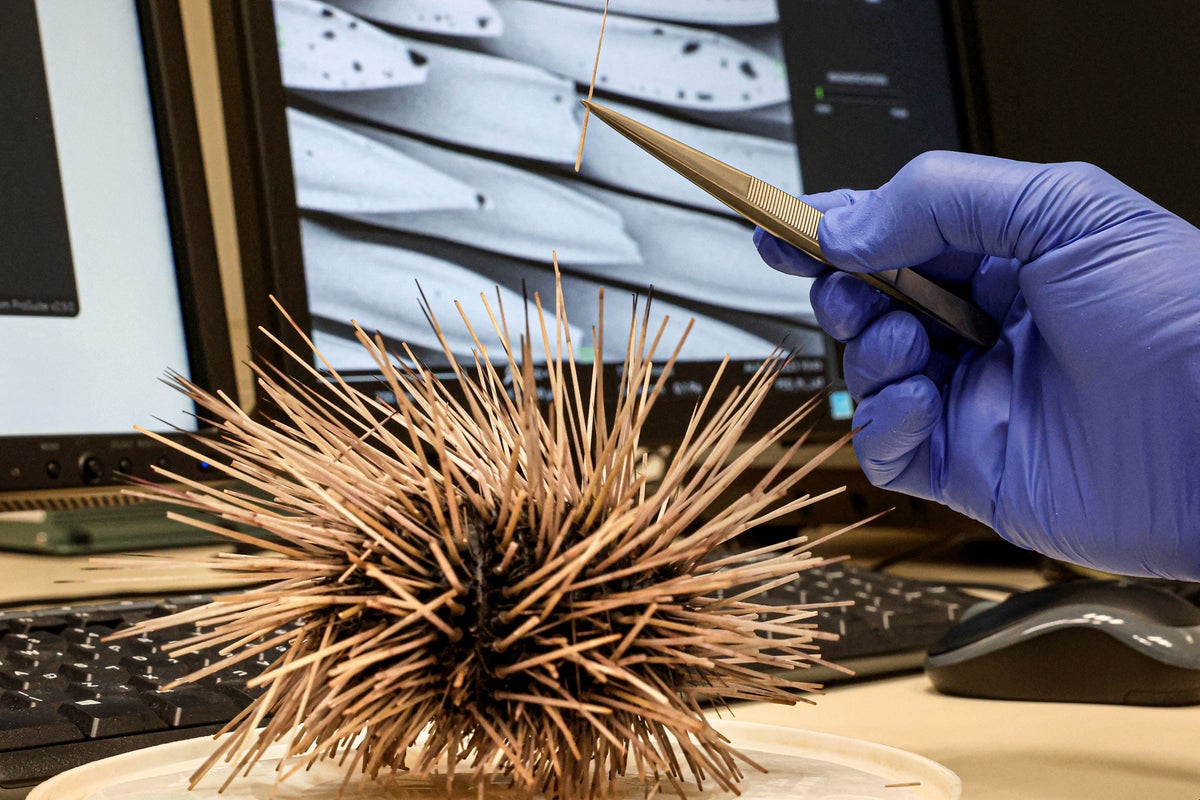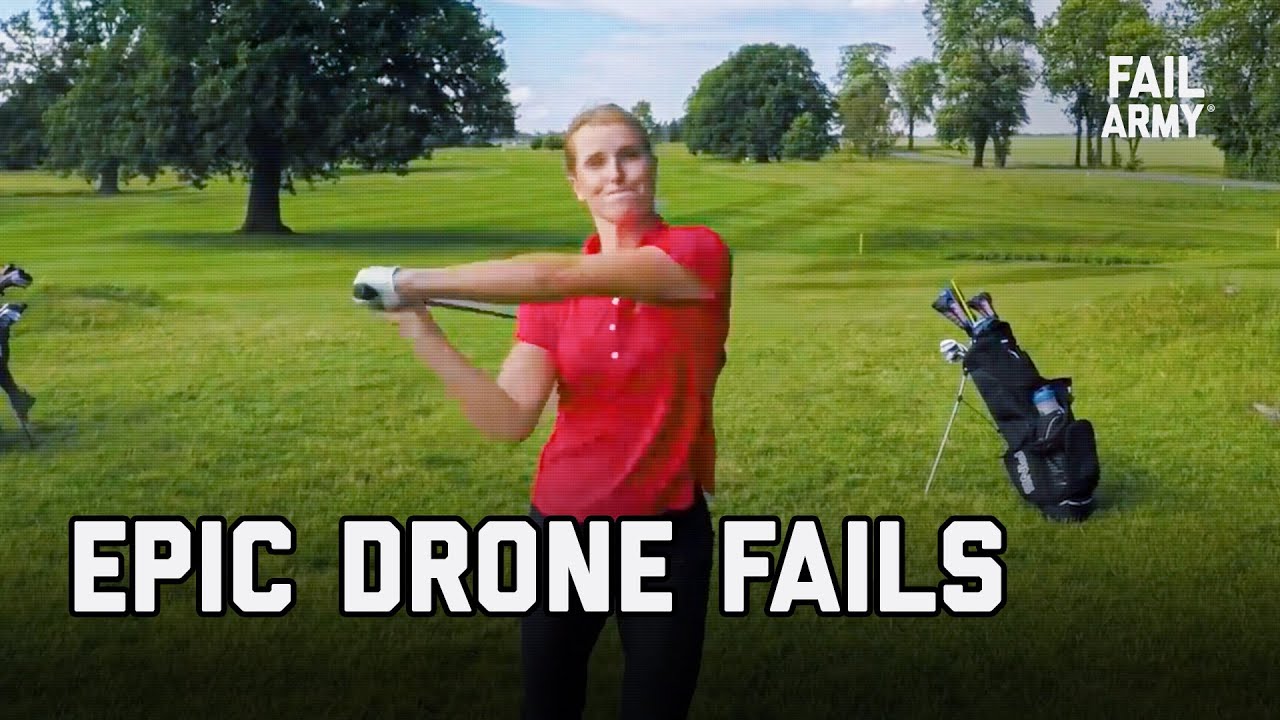Drone show crash – it sounds dramatic, right? And it can be. These spectacular displays of coordinated aerial acrobatics rely on flawless technology, skilled pilots, and perfect conditions. But what happens when things go wrong? This article dives into the various reasons why drone shows can crash, exploring everything from technical malfunctions to human error, and examines the safety protocols and preventative measures designed to keep these dazzling performances safe and successful.
Drone show crashes are unfortunately becoming more common, highlighting the need for robust safety protocols. A recent example of a malfunction causing issues is the orlando drone show malfunction , which serves as a stark reminder of the potential for things to go wrong. Understanding these failures helps improve drone show safety and prevents future crashes.
We’ll investigate the different types of crashes, the impact of weather, and the crucial role of pre-flight checks and maintenance. We’ll also delve into the technological aspects, including battery life, software vulnerabilities, and the latest advancements in drone safety. Understanding human error and post-crash procedures are also key, and we’ll cover those too. Get ready for a fascinating look behind the scenes of these incredible shows.
Drone Show Crashes: Understanding Causes, Prevention, and Investigation
Drone shows, while spectacular, are complex operations with inherent risks. Understanding the various factors contributing to crashes is crucial for ensuring safe and successful performances. This article delves into the different types of crashes, safety protocols, technological aspects, human error, post-crash procedures, and visual representations of potential scenarios. The aim is to provide a comprehensive overview of this critical aspect of drone show operations.
Types of Drone Show Crashes
Drone show malfunctions resulting in crashes can stem from a variety of sources, broadly categorized into mechanical failures, software glitches, environmental factors, and human error. These factors often interact, leading to complex crash scenarios.
Different types of crashes include mid-air collisions (between drones or with obstacles), power failures (battery depletion or motor malfunctions), software glitches (leading to erratic flight patterns or loss of control), and GPS signal loss (resulting in disorientation and uncontrolled descent). Weather conditions play a significant role, with strong winds, rain, and low visibility increasing the likelihood of crashes.
The impact of weather varies greatly. High winds can directly cause loss of control, while rain can short-circuit electronics. Fog significantly reduces visibility, increasing the risk of collisions.
| Crash Type | Frequency (Hypothetical Data) | Primary Cause | Contributing Factors |
|---|---|---|---|
| Mid-air Collision | 35% | GPS errors, inadequate spacing | Poor visibility, strong winds |
| Power Failure | 25% | Battery malfunction, power surge | High drone load, extreme temperatures |
| Software Glitch | 20% | Software bugs, firmware issues | Lack of testing, outdated software |
| Other (e.g., mechanical failure) | 20% | Motor failure, structural damage | Inadequate maintenance, collisions |
Safety Protocols and Regulations
Proactive safety measures are paramount in preventing drone show crashes. These include rigorous pre-flight checks, regular maintenance, adherence to regulations, and effective communication among the operating team.
- Pre-flight Checks: Thorough inspection of each drone’s components, including batteries, motors, propellers, and GPS systems.
- Maintenance: Regular servicing to prevent mechanical failures and ensure optimal performance.
- Safety Regulations: Adherence to local and national aviation regulations regarding drone operation.
- Best Practices: Utilizing redundant systems, employing experienced pilots, and establishing clear communication protocols.
- GPS and Navigation: Relying on robust GPS systems and utilizing advanced navigational technologies to prevent collisions.
A well-defined flowchart ensures a systematic approach to safe operation, minimizing the chances of human error.
Technological Aspects and Failure Analysis

Technological advancements are crucial in enhancing drone show safety and reliability. This includes improved battery technology, robust software development, and sophisticated flight control systems.
Drone shows are amazing, but sometimes things go wrong. Check out this article about a recent drone show crash to see what can happen when technology doesn’t cooperate. Understanding these incidents helps improve safety protocols and prevents future drone show crashes, ensuring these spectacular events remain safe and enjoyable for everyone.
- Battery Life and Power Management: Utilizing high-capacity batteries with effective power management systems to prevent premature power failures.
- Software Vulnerabilities: Rigorous software testing and regular updates to address potential vulnerabilities and bugs.
- Technological Advancements: Implementing obstacle avoidance systems, advanced GPS technology, and redundant flight controllers.
Potential points of failure can be categorized by severity:
- Critical: Battery failure, major software glitches, complete GPS failure.
- Major: Motor failure, propeller damage, significant communication loss.
- Minor: Minor software bugs, minor communication glitches, small propeller damage.
Human Error and Operational Factors
Human error remains a significant contributor to drone show accidents. Proper training, clear communication, and adherence to operational procedures are vital in mitigating this risk.
- Pilot error (improper handling, poor decision-making).
- Inadequate training or experience.
- Poor communication and coordination among operators.
- Failure to follow established safety protocols.
- Lack of situational awareness.
Post-Crash Procedures and Investigation
A systematic approach to post-crash procedures and investigation is essential to determine the cause of the accident and prevent future occurrences.
Recovery involves securing the crash site, documenting the scene, and carefully retrieving any damaged drones. The investigation process includes analyzing flight data, examining drone components, interviewing witnesses, and reviewing operational procedures. Data logging plays a crucial role, providing valuable insights into the sequence of events leading to the crash.
Hypothetical Case Study:
A drone show experienced a mid-air collision involving three drones. Analysis of flight data revealed a momentary GPS signal loss in one drone, causing it to deviate from its programmed path. This led to a collision with two other drones, resulting in all three crashing. The investigation identified a need for improved GPS redundancy and stricter adherence to safety protocols.
Visual Representation of a Crash Scenario
Imagine a nighttime drone show where a sudden gust of wind causes a cluster of drones to lose altitude and collide. The visual impact would be dramatic: a cascade of falling lights, accompanied by the sound of colliding drones and the sudden darkness as the show abruptly ends. Debris could scatter across a wide area, potentially posing a risk to spectators and the surrounding environment.
The disruption to the carefully choreographed light patterns would be immediate and noticeable, leaving a lingering impression of chaos and unpredictability.
Last Point: Drone Show Crash

From technological glitches to human error, the potential for a drone show crash is a serious concern. However, by understanding the common causes of these incidents and implementing robust safety protocols, we can significantly minimize the risk. The future of drone shows relies on continuous improvement in technology, stringent regulations, and the ongoing commitment to safe operating practices.
By learning from past incidents and embracing technological advancements, we can ensure that these awe-inspiring displays continue to captivate audiences worldwide while prioritizing safety above all else.
Drone show crashes are unfortunately becoming more common, highlighting the need for robust safety protocols. To learn more about how these shows are planned and executed, check out the details on a successful event, like this florida drone show. Understanding what goes into a successful show can help prevent future crashes and ensure safer, more spectacular displays.
FAQ Guide
What is the average cost of repairing a crashed drone from a show?
Repair costs vary greatly depending on the drone’s model, the extent of the damage, and the availability of parts. It can range from a few hundred dollars to several thousand.
What insurance options are available for drone show operators?
Several insurance providers offer specialized policies for drone operators, covering liability for damage or injury caused by drones and potential losses due to accidents.
How long does a typical drone show crash investigation take?
The duration of an investigation depends on the complexity of the crash and the availability of data. It can range from a few days to several weeks.
Are there specific regulations regarding drone show debris cleanup?
Yes, operators are generally responsible for securing the crash site and recovering all debris. Local regulations may also apply.

